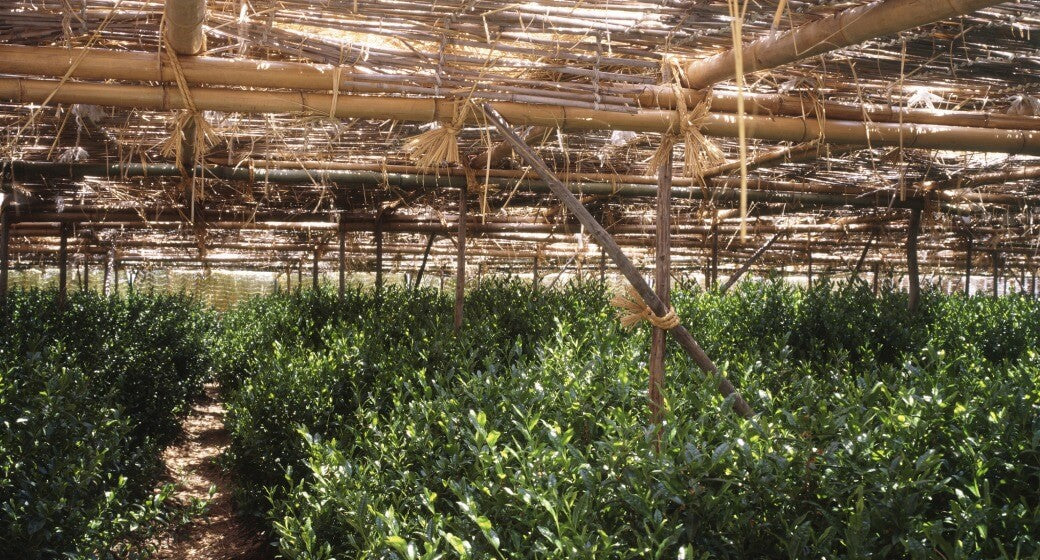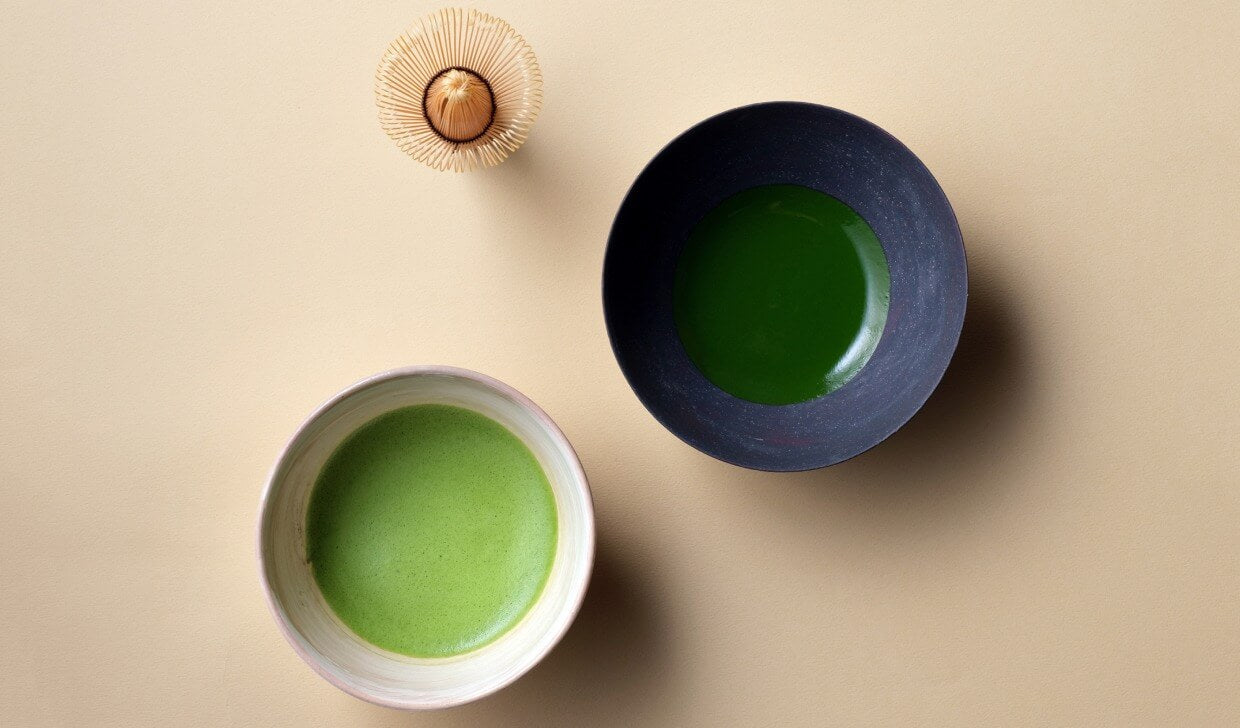What is the difference between our matcha blends? (Part II)
In the rich category, at the top of Ippodo's selection you'll find the rarest, most delectable blends that Ippodo produces. Let's explore what makes this top category so beloved for so many matcha fans.
What do the matchas at the top taste like?
Simply put, all high-class Ippodo matchas have full depth and a sustained, beautiful aftertaste. Their tastes feature the most sweetness and umami in our collection, with the least astringency and bitterness. Finally, their fragrances are lively and bright, and their colors are vibrant blue-greens.
These are the matchas you will want to reach for as a special treat, either once-in-a-while, or as an everyday indulgence.

The Art of Blending
As a tea company founded in Kyoto over 300 years ago, Ippodo is beloved for the aromatic, complex, and consistent teas that it produces.
But, did you know that all Ippodo teas are actually blends? For each one of our matcha, gyokuro, sencha, and bancha teas, the blending team picks and chooses harvests from different farms and fields; different years and batches, and blends them in just the right proportion. This process is done throughout the year, every year.
Why do all this work to blend different harvests together? We are aiming to achieve a reliably consistent, engagingly complex flavor in each tea we produce.
Just like wine and coffee, the climate and growing conditions affect how the tea leaf grows and how the final product tastes in the cup. Blending helps us control the taste, by precisely adjusting the ratios of which harvests are used.
And, since each farm's harvest has a different character, when we make a complex blend of different harvests, the final product has more depth and nuance when compared to a single harvest that hasn't been blended.
How does Ippodo produce these high class matchas?
The teas chosen for these highest ranking matcha blends are some of the rarest, most prized in the country. These teas are grown and processed by producers who put a lot of hands-on care into maintaining the tea fields, harvesting, and processing the tea. This is why the character of these teas is so robust, low in astringency, and delectable.
After production, Ippodo blends the harvests to give the final product even more complexity and nuance. And- matcha fans rejoice- the blending enables us to offer these rare harvests as consistent, regular blends throughout the year.
To explain these blends in detail, let's explore three selections from our lineup:
Category: Rich
Taste: Lushness, unwavering umami, and a silky mouthfeel.
Aroma: Unequivocally powerful and clear. More misty than bright.
The Kanza blend is Ippodo's absolute highest-ranking matcha and is available throughout the year. We developed this blend to be the most luscious matcha in our lineup.
Its taste is full of unwavering, fresh umami, and its character feels silky. It's the most invigorating matcha we have to offer, a treat to enjoy purposefully.
Category: Rich
Taste: Sustained, elegant finish. Refined crispness.
Aroma: A standout, soaring fragrance. Vibrant and sweet.
The Kuon blend is next after Kanza in the Ippodo regular matcha lineup. It was developed initially as an exclusive offering at Ippodo New York.
Kuon's character is elegant; it feels lively and crisp among other high-ranking blends. All the same, its finish is long and splendid. Its sweet and bright fragrance is a highlight in every session.
Category: Rich
Taste: Little-to-no bitterness, with plentiful, robust umami.
Aroma: Hearty and satisfying. Green, like an evergreen forest.
The Ummon blend has been available at Ippodo for decades. For Ippodo fans, it's a classic. Alongside its high-class umami and depth, its robust, punchy character leaves a strong impression. Compared to the other top matchas, its taste is less round and its finish is just a little shorter.
Next, read about Koicha, the most decadent way to enjoy a high class matcha.







